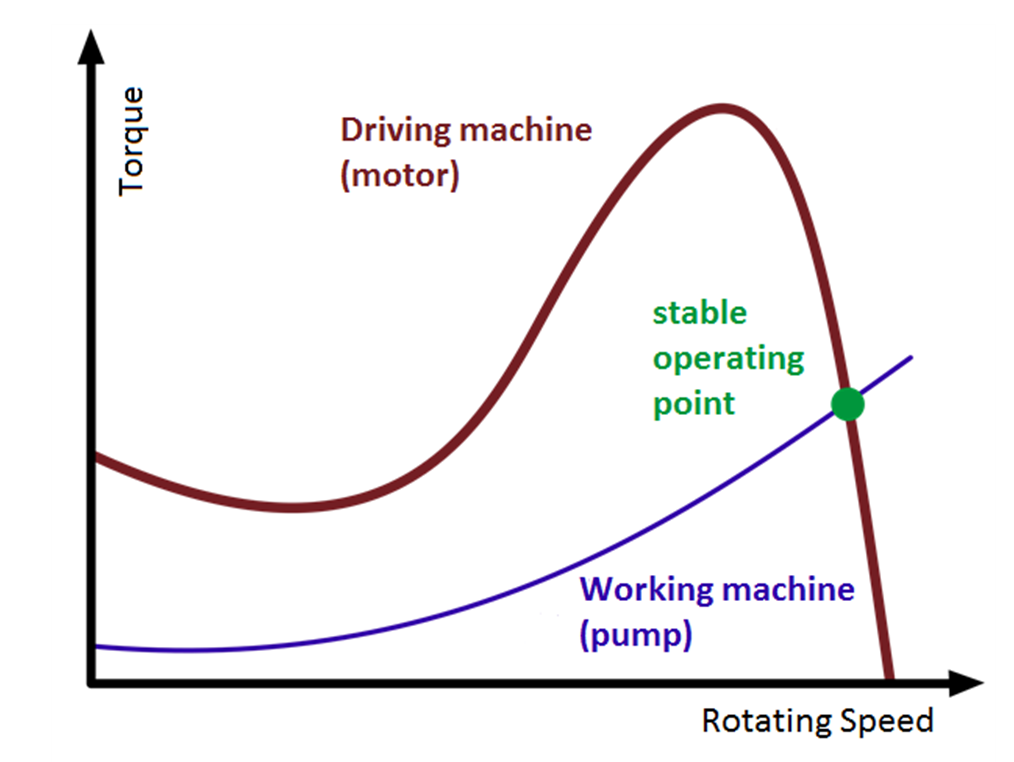Lets say an induction motor's spec sheet states the following:
1/ 50 Hz, 2-pole, full-load rotations-per-minute (RPM) = 2850.
2/ 60 Hz, 2-pole, full-load RPM = 3450.
Can we extrapolate this information to find out the full-load RPM for other frequencies (i.e.: 20 Hz, 30 Hz, 40 Hz, etc.)?
(SPECIFIC EXAMPLE)
Like for instance, as per here, the synchronous speed of the motor under 50 Hz is 3000 RPM. The full-load RPM then, is 95% (2850 / 3000) of the synchronous speed.
Doing the same thing for 60 Hz @ 3600 RPM, the full-load RPM is ~95.8% (3450/3600) of its synchronous speed.
Would it be reasonable to make an assumption that under different frequencies, the full-load RPM is ~95% of its corresponding synchronous speed?
EDIT From a suggestion by @Transistor, I am using a "VFD-B" variable frequency drive on my induction motor. (manual, website)


